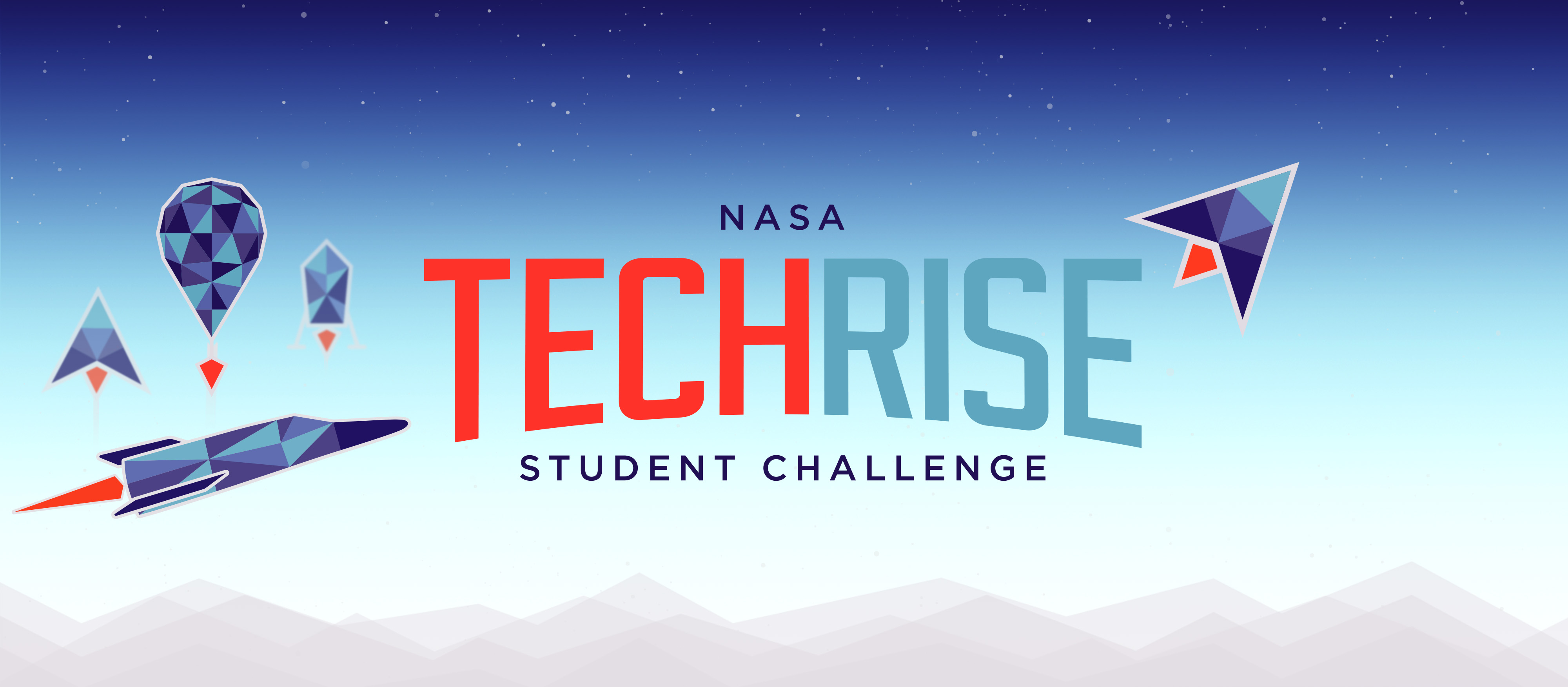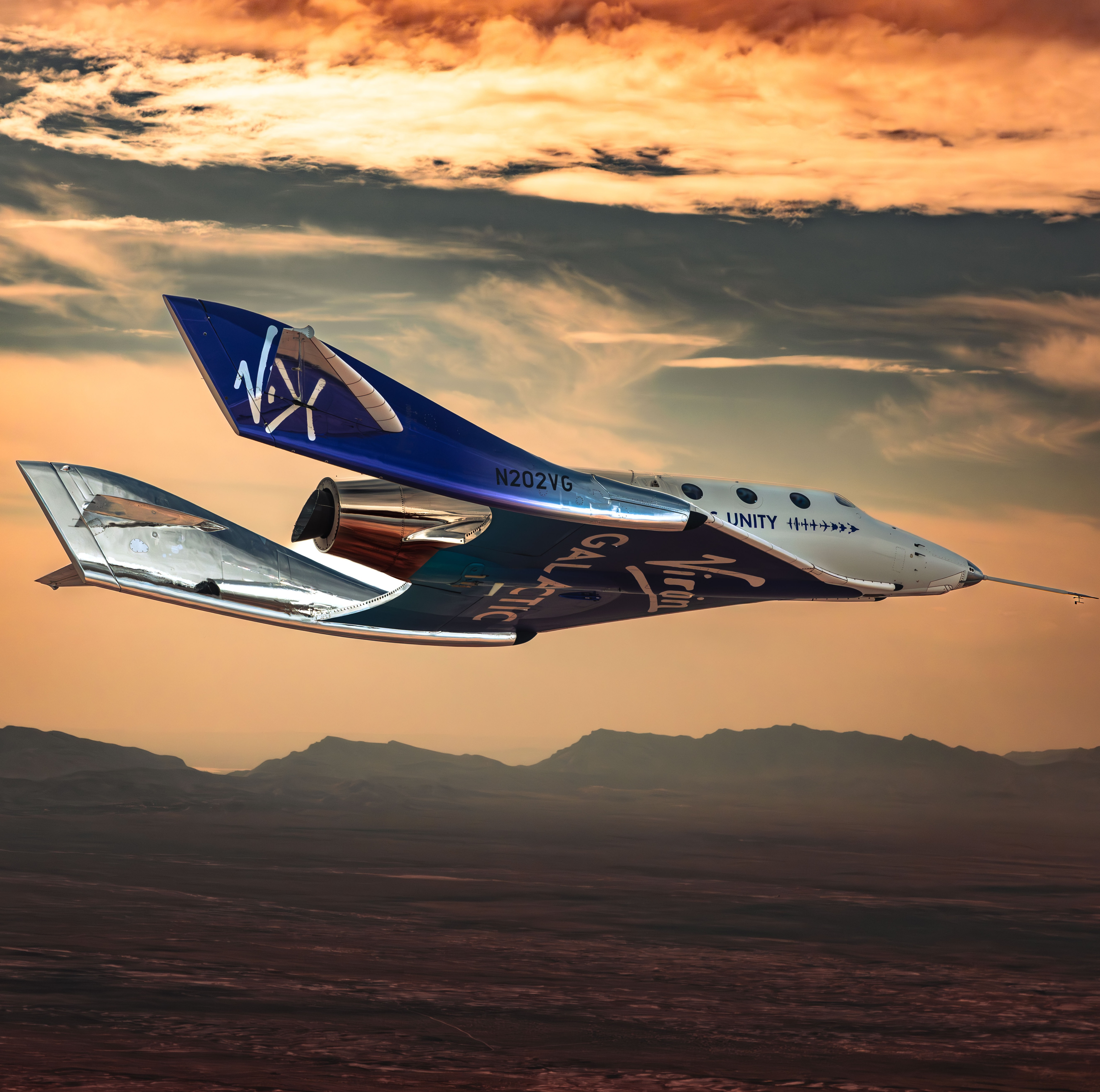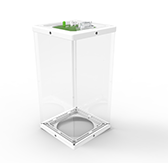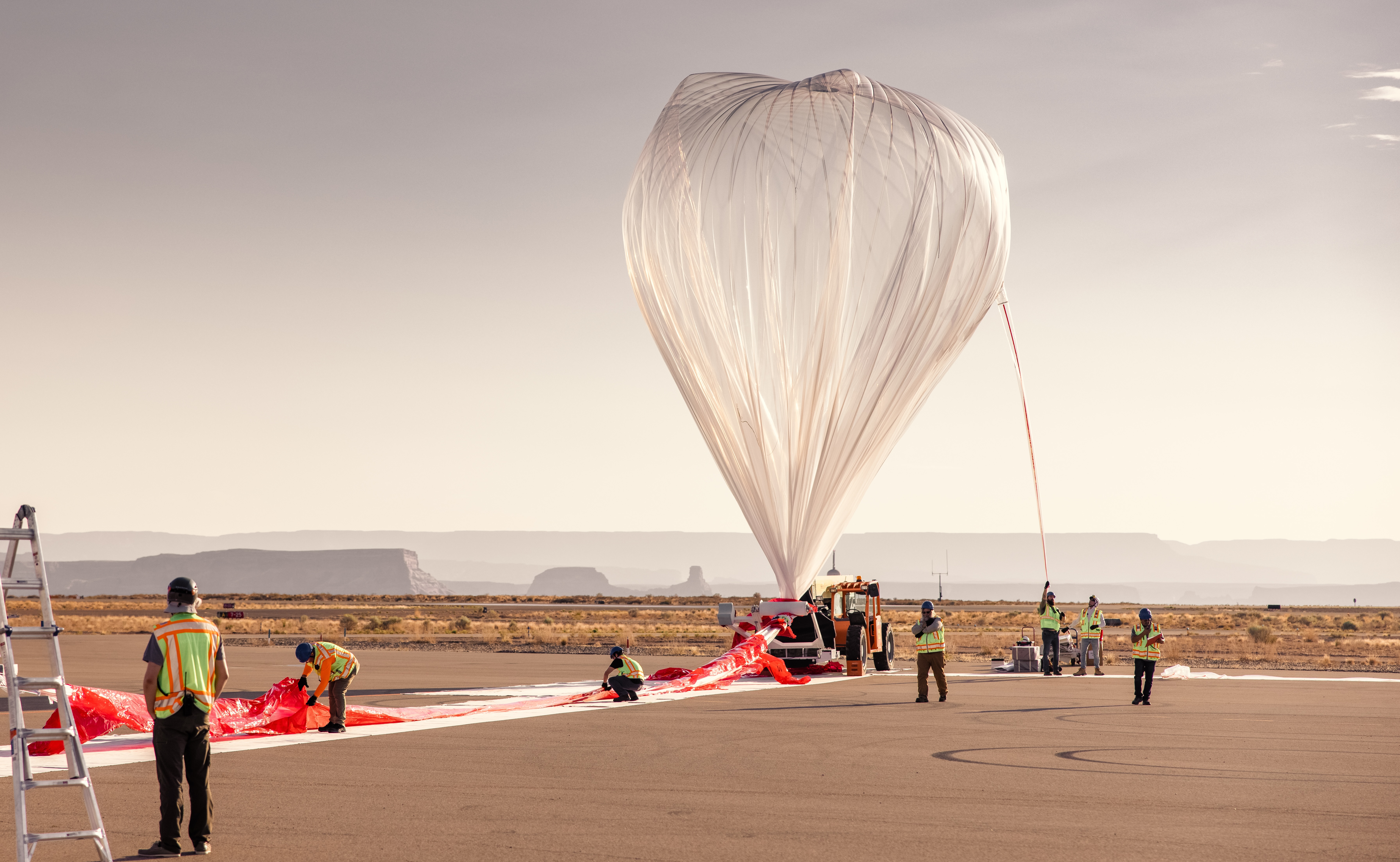


Are you ready for this year’s NASA TechRise Student Challenge? This competition provides a hands-on opportunity for participants to gain critical skills in engineering, computing, electronics, and more that will be required for America’s technical workforce. If you are in sixth to 12th-grade at a U.S. public, private, or charter school – including those in U.S. territories – your challenge is to team up with your schoolmates and develop a science or technology experiment idea for one of the following NASA TechRise flight vehicles:
Note that no experience is necessary to participate in the NASA TechRise Challenge! The steps below will help your team plan and submit your experiment idea.





 HIGH-ALTITUDE BALLOON
HIGH-ALTITUDE BALLOON







STUDENTS
Develop an experiment idea with your school team and fill out the Proposal Template found in the Proposal Example & Template. Give your completed proposal to your teacher.
TEACHERS/EDUCATORS
Coordinate with your students to submit their team proposal. Team leads (teacher/school employee) can submit an unlimited number of proposals, but each proposal must be unique.


























Managed by NASA’s Flight Opportunities program at the agency’s Armstrong Flight Research Center in Edwards, California, and administered by Future Engineers, the TechRise Student Challenge fosters the U.S. space industry through use of commercial vehicles for flight tests, while also strengthening the space technology researcher community and enabling students around the country the chance to engage directly with professional engineers in hands-on learning. TechRise is one of many NASA Prizes, Challenges, and Crowdsourcing efforts within NASA’s Space Technology Mission Directorate offering opportunities for the public to contribute to America’s space program.
Thank you for your interest in contacting Future Engineers. We look forward to connecting with you!
General Inquiries
support@futureengineers.orgSponsorship Inquiries
sponsor@futureengineers.org